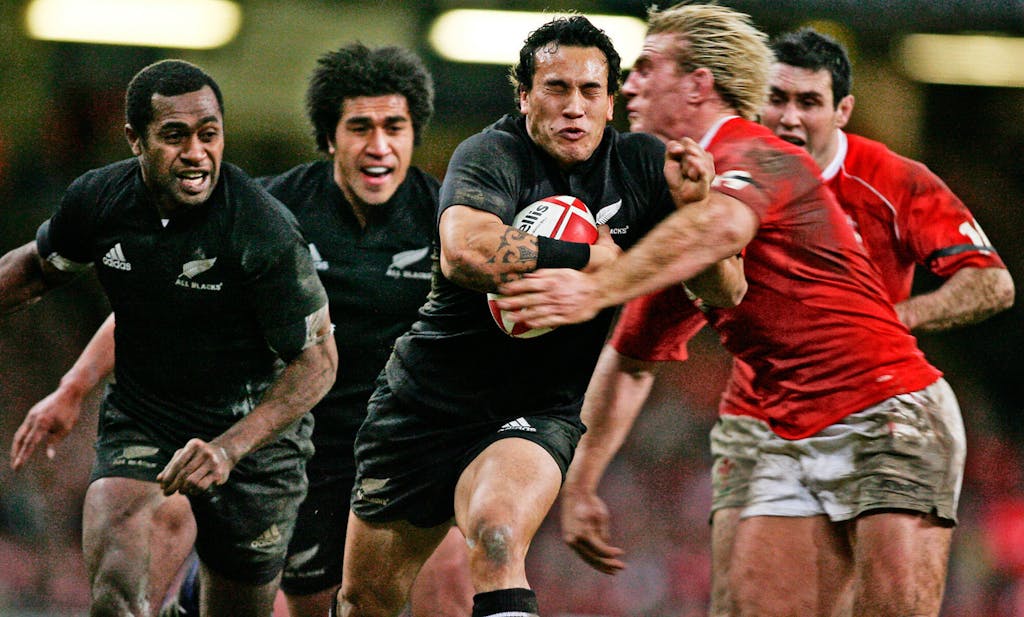Tex
Greg Davis (50)
Let's hope that's not the case!
Maybe there's a model in the over-age competitions, at least for community sport below 1st/2nd divisions? Modified contact rules (not that I can tell what those modifications are!). Essentially anything to retain the culture and community aspects.
It strikes me that many of these contact rule changes feel like a kicking of the can. The players aren't getting smaller or slower, nor is the field getting wider. Heavy contact at speed is still going to be a factor of the game, arguably core to it. As many in the thread have pointed out, it's very easy to be clobbered when attempting a chop tackle and getting your head inside the hip.
Maybe there's a model in the over-age competitions, at least for community sport below 1st/2nd divisions? Modified contact rules (not that I can tell what those modifications are!). Essentially anything to retain the culture and community aspects.
It strikes me that many of these contact rule changes feel like a kicking of the can. The players aren't getting smaller or slower, nor is the field getting wider. Heavy contact at speed is still going to be a factor of the game, arguably core to it. As many in the thread have pointed out, it's very easy to be clobbered when attempting a chop tackle and getting your head inside the hip.

